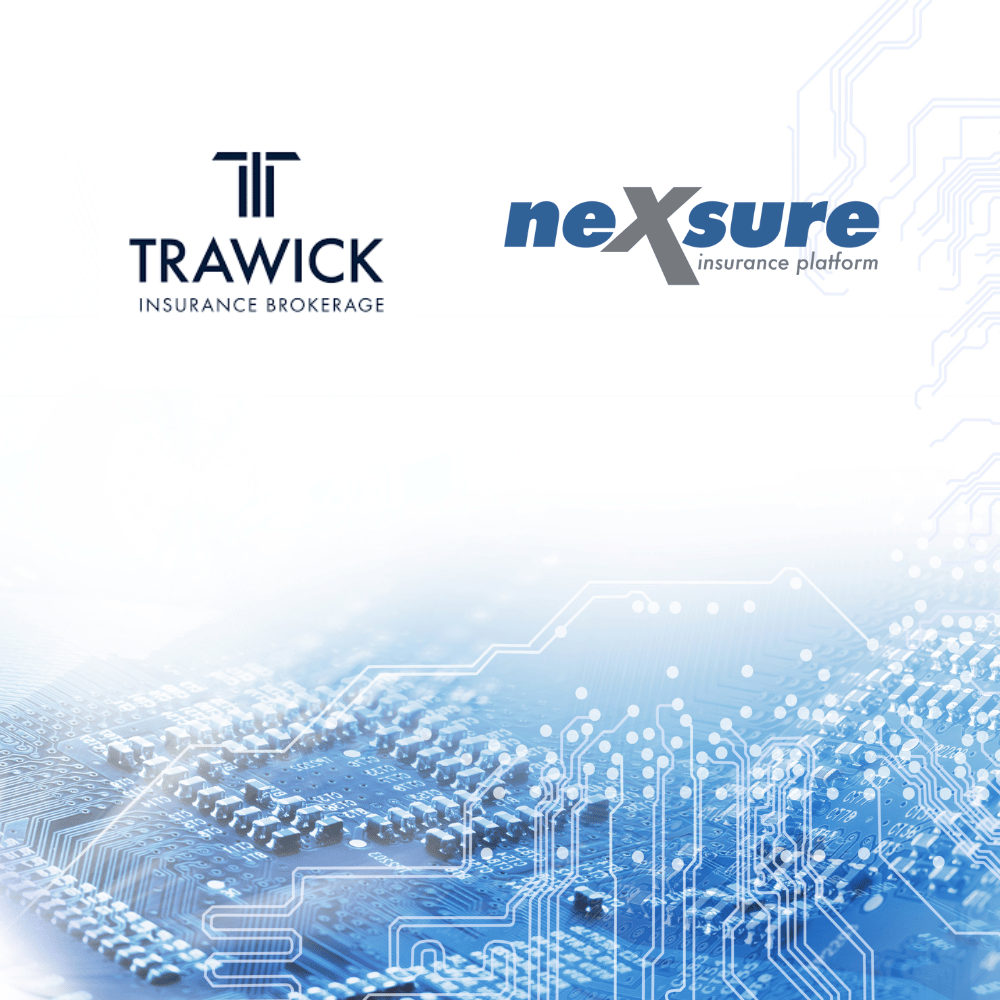By Riyad Mammadov, Vice President, Application Development
Where It Started
The first contemporary public cloud service was launched in 2006 by Amazon as Amazon Web Services. Soon after, Microsoft started working on a similar project (codenamed “Project Red Dog”) officially launched in 2010 as Windows Azure. Google followed suit in 2011 with its App Engine offering, which eventually turned into Google Public Cloud. All three services were based on the same idea: the company builds a large number of server farms and thus creates an excess computing capacity that it can then sell to others. For customers, that meant they no longer needed a massive investment in hardware and co-location to establish an online presence or scale up their applications in response to spikes in demand. Instead, they could adopt a consumption-based model and only pay for the actual use of resources.
The Cloud Today
Today, there are three primary options – Public, Private, and Hybrid.
Public Clouds have evolved significantly over the past decade. While the initial offering was limited to virtual machines and storage, the current list of services is extensive, including things like serverless computing, machine learning, content delivery network, relational and no-SQL databases. All three major vendors mentioned above provide infrastructure as a service (IaaS), software as a service (SaaS), and platform as a service (PaaS). Public clouds offer numerous benefits, including no maintenance, near-unlimited scalability, excellent reliability, and potentially lower costs. Public Clouds are at their best when dealing with unpredictable workloads because they eliminate or significantly reduce the lead time of bringing new servers and applications online.
A private cloud is dedicated solely to an organization and includes the hardware platform (e.g., Dell, IBM, Lenovo, etc.) and a virtualization technology such as VMWare or Microsoft Hyper-V. On top of that, a private cloud must include unified management, streamlined upgrades, backup, and disaster recovery solutions. This gives the IT department the ability to provision Linux and Windows servers that can host web applications and services or provide raw computing power for various back-end processes. The application services, such as relational or no-SQL databases, artificial intelligence, etc., can be easily deployed within the private cloud. Private clouds deliver scalability, but they can be more expensive and limiting.
A hybrid cloud combines on-premises infrastructure—or a private cloud—with a public cloud. Hybrid clouds allow data and apps to move between the two environments. The hybrid cloud can be a good combination where the private cloud offers a cost-effective, secure, and controlled environment for predictable workloads, and the public cloud augments that with a scalable environment for unpredictable workloads.
The Cloud in Insurance
The cloud has become widely accepted in the insurance industry today. According to a recent report from Novarica, more than 90% of insurance companies are using cloud computing for their business processes as of June 2021. The percentage has increased rapidly in recent years, and three-quarters of insurers plan to expand their use of cloud computing.
While many large organizations are looking at cloud options for their applications, many in the insurance industry – including retail agencies, wholesalers, and MGAs – are utilizing vendor solutions hosted in the cloud. The vendor’s technology may be in a public, private, or hybrid cloud. While the vendor will manage the cloud for you, you still must take the time to understand which cloud type the vendor uses, what their backup and disaster recovery plans include, as well as system maintenance and updates.
Any cloud scenario delivers numerous benefits. By not having to worry about the infrastructure, the cloud enables agencies, wholesalers, and MGAs to focus on their business, the products they market, and the customers they serve.



